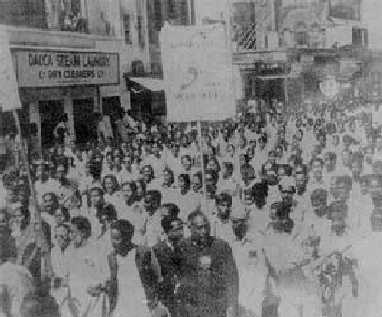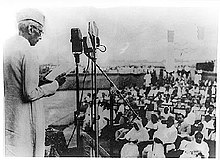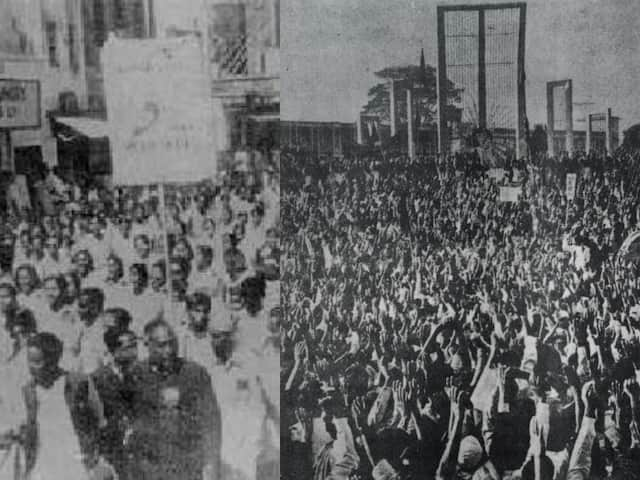Reference




OpenAI's Answer
The Bengali Language Movement had a significant historic impact on Pakistan's linguistic policy. Here are some key points detailing this impact:
-
Recognition of Bengali as an Official Language: The Bengali Language Movement led to the recognition of Bengali as an official language of Pakistan in 1954. This was a result of persistent demands and protests from the Bengali-speaking population who made up the majority in East Pakistan (now Bangladesh) (Language Magazine).
-
Catalyst for Bengali Nationalism: The movement was a critical factor in fostering a distinct Bengali national identity. The struggle for linguistic rights was seen as part of a larger push for political and cultural autonomy, which eventually culminated in the independence of Bangladesh in 1971 (Wikipedia).
-
Influence on Policy and Governance: The movement prompted changes in how linguistic policies were formulated in Pakistan. Realizing the severity of the discontent, the government had to reconsider its approach to language imposition. This led to a more inclusive policy towards recognizing regional languages, although many argue that these changes were too little and too late (Vaia).
-
Legacy and International Recognition: The Bengali Language Movement's legacy is so strong that it inspired the establishment of International Mother Language Day by UNESCO, commemorated on February 21 to promote linguistic and cultural diversity globally. This day marks the anniversary of the movement's powerful influence and the sacrifices made by the Bengalis (SL Guardian).
Below are some images related to the Bengali Language Movement that capture its essence:




Follow Up
Related
What was proposed for Urdu and Bengali languages by Tamaddun Majlish?
How did Tamaddun Majlish contribute to the Bengali Language Movement?
How did the weekly publication Shaptahik Shainik contribute to the Bengali Language Movement?
Why did the Rastrabhasa Sangram Parishad organize against adopting Urdu as the state language?